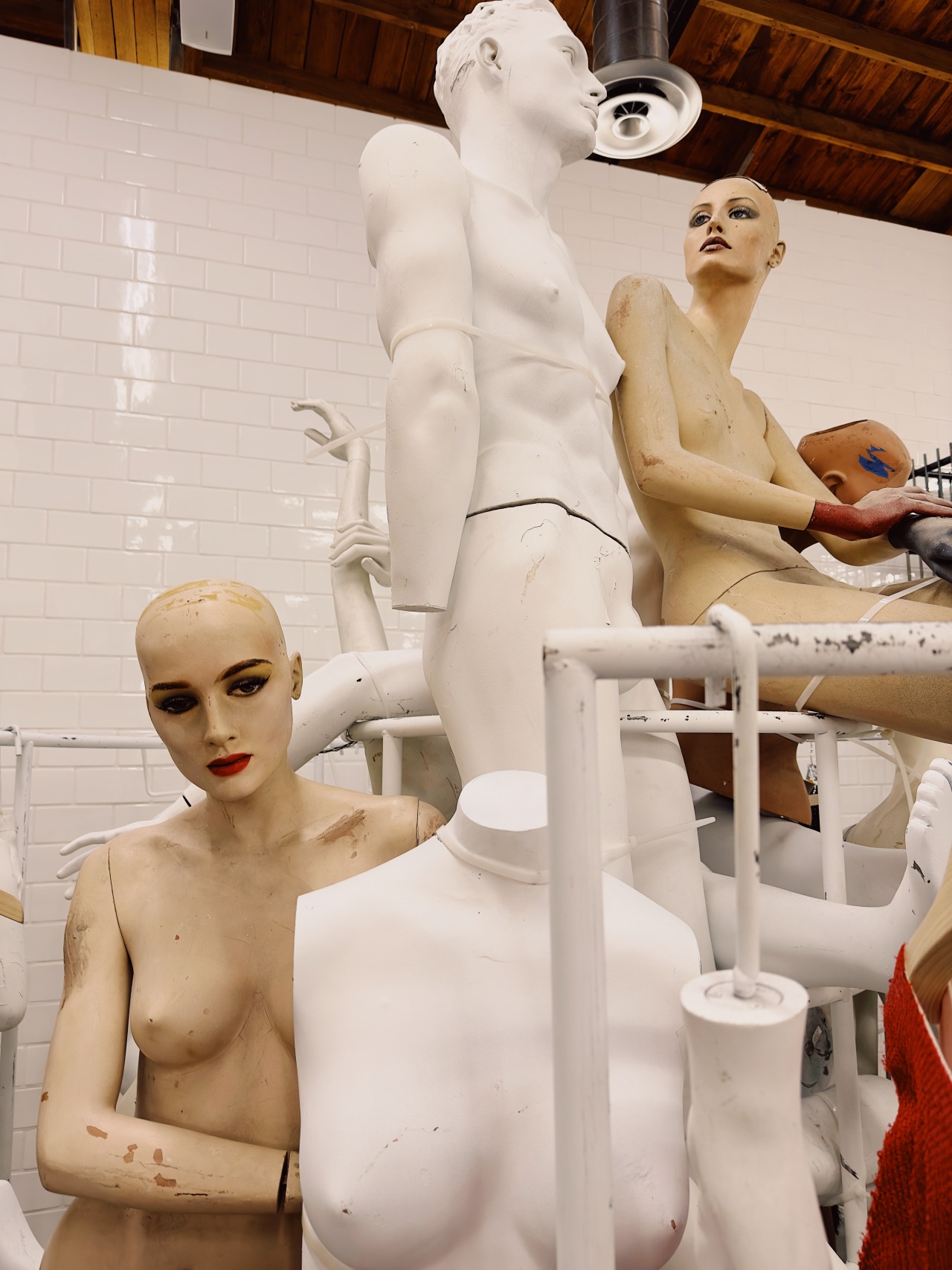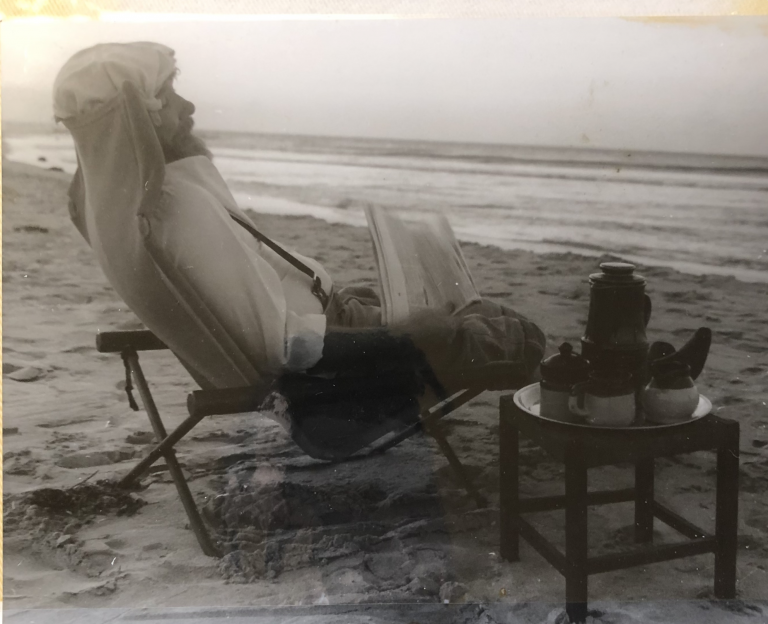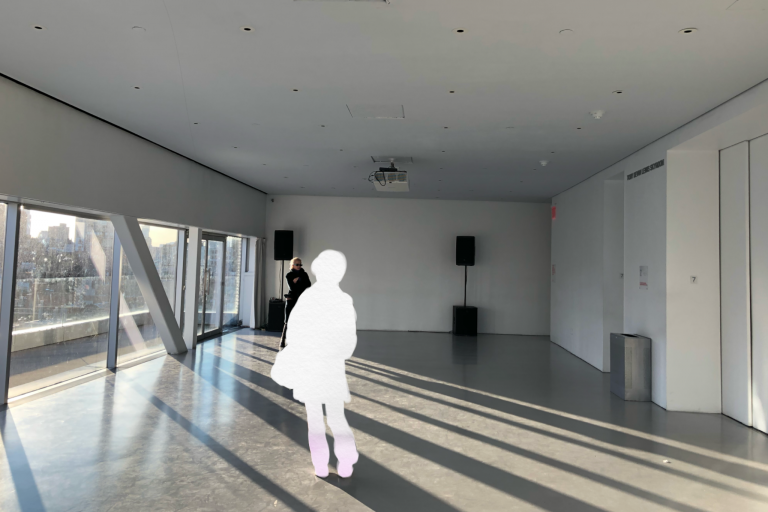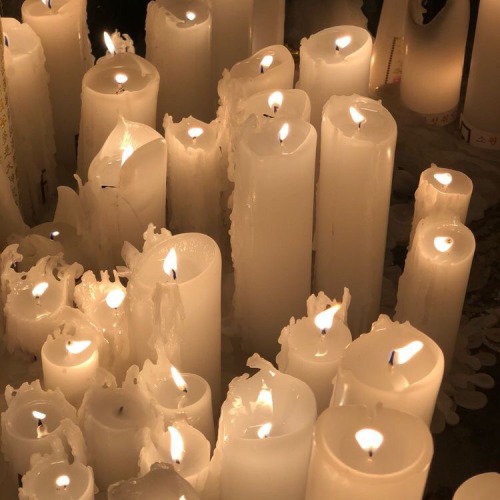Fit modelling is an industry of mystery for many. Unseen by the world, fit models play a key role in the design process, and yet so many do not know of their existence.
I was discovered by an LA-based fit modelling agency after my first runway show, and began working with them extensively in 2020. At the time, I possessed little knowledge of fit modelling, or the way it would shape my view of the fashion industry, and of myself.
Fit models are hired, live mannequins. They allow designers to check the fit and appearance of a design before it goes to production. This entails allowing design teams to measure clothes on your body, and pin clothes to ensure proper fit. These live mannequins are compensated handsomely for this, to say the least.
Emily Ratajkowski speaks extensively of control and its relationship to the modelling industry in her novel My Body, which I think of often in these endeavours. To model is to accept the sacrifice of some autonomy, especially bodily. It is in the fine print of most modelling contracts, but it is the bold heading of each fit modelling contract.
There have been instances in which I have felt a loss of control, or autonomy in my position as a mannequin.
In one instance, the afternoon started as it normally would have.
I arrived at one of those older duplexes sprinkled around West Hollywood, with the signature “1/2” in the address for an activewear fitting. I recall walking up the steep steps to the upper unit, and tripping over the lengthened, square toe of my sandals on an uneven step. Looking up, I locked eyes with a small black Pomeranian, who I would later learn was named Jack.
Jack’s owner, B, lived in the upper unit, and was lead designer for the company I was sent to fit for.
Although the fitting was at B’s personal residence, I was assured by my agent that it was a safe location, and that she knew him personally (how well, she did not indicate).
Jack had an intense desire for attention, and frequently circled around the dining room table where the design team sat that day. I could not judge him for this, since many of my acquaintances in the modelling industry shared the same desire.
After the brief stumble up the stairs, the fitting proceeded as usual, or at least as normal as a fitting in someone’s apartment could go. The design team would hand me garments, I would change into them in the bathroom, and then re-emerge. In between, myself and the team would thwart Jack’s efforts at taking clothing samples off the table and eating safety pins.
Then, the team would measure the garments, pinching and prodding the fabric, asking questions such as “does it feel too tight?” “How does the waist feel?”. I followed with adequate feedback, careful to comment only on fit rather than style.
Fit modelling has a sort of unspoken rule of speaking when spoken to, at least in my experience.
Suddenly, we heard a noise that no dog owner wishes to hear: the sound of a dog vomiting. Looking down the narrow living area, I saw the creature throwing up into a design, a long-sleeved athletic top.
B, noticing the act, yelled, “Jack! How could you? I will put you in prison.” He proceeded to grab the dog and toss it back into his bedroom, slamming the door shut. B then grabbed the top from the floor, taking it to the kitchen.
I attempted to remain as professional as possible, not letting out so much as a gasp or giggle.
In the midst of fitting more garments, I could hear the water running in the kitchen, B talking angrily in German. He then emerged with the shirt, and handed it to me to put on.
I walked slowly back to the bathroom across the narrow hardwood floor with the Jack barf top and a new pair of leggings.
Although there was no trace of doggie chum left on the garment, I felt a queasiness rise up in my stomach. I knew that I could not refuse the garment, as I would have embarrassed myself and my agency, and would likely never be re-hired.
How could I have said no, when I was being paid $135 per hour?
Taking a deep breath, I decided to don the garment. With some difficulty, I pulled the wet long sleeve over my body. It clung uncomfortably to my arms and chest, which was now wet with dishwater.
I remember communicating to the design team that the garment fit a bit tight, as the wet athletic fabric felt as if it was bonded to my skin. After some measuring, they notified me that my shoulders are 16 inches wide, and that the standard was 14 to 15 inches wide. They chuckled, and proceeded to say, “Do you play football? Your shoulders are so broad.”
Fit modelling causes one to think of their body in new ways, in numeric ways. Never before had I worried about my shoulders being broad, or that it seemingly made me more masculine, or that there was anything I inherently wrong with having “masculine” traits.
The standard exists for manufacturing purposes, but the standard really has no merit in reality. No physical body is truly standard.
The fitting finished as per usual, with me changing back into my clothes. After B signed off on my timesheet, I was back on the front steps of the duplex, heading back to my car.
Walking down the palm-lined West Hollywood street, I thought of how many other Los Angeles models were placed in positions lacking autonomy or control. Well, perhaps with less vomit, but nonetheless positions through which they compromised their boundaries for the right price.
Sure, that pay was a privilege to me in many ways, but was the emotional cost worth my agency’s asking price? I do not know now, and I did not know then.
And I continued to walk.
Return to issues


